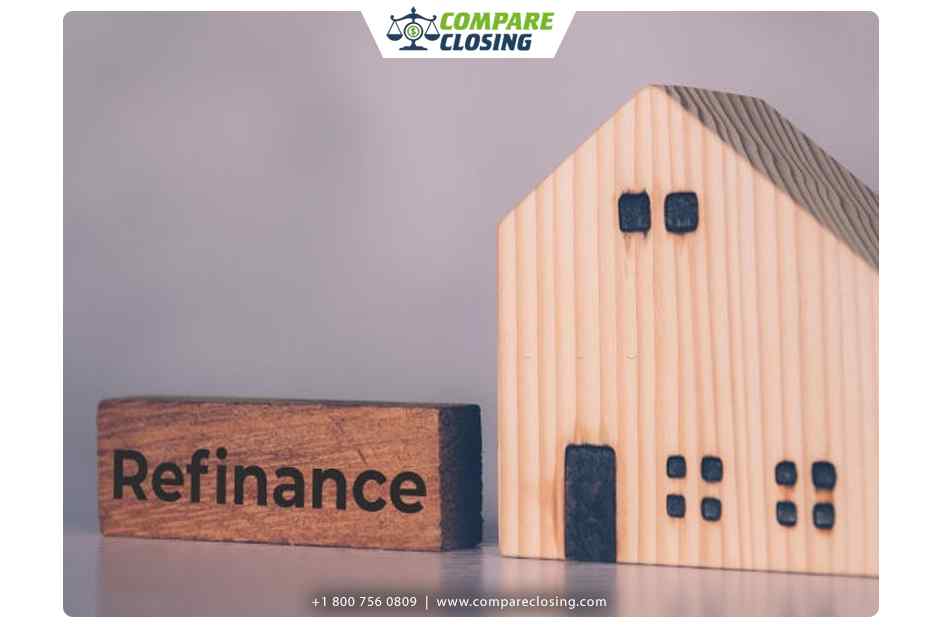Refinance is opted by consumers to seek certain debt obligations in order to obtain more favorable borrowing terms, which is more likely in response to shifting economic conditions.
Either for lowering one’s fixed interest rate or to reduce payments over the life of the loan, to change the duration of the loan, or to switch from a fixed-rate mortgage to an adjustable-rate mortgage (ARM) or vice versa refinancing is done.
Borrowers may also refinance because of an improvement in their credit profile, or because of changes made to their long-term financial plans, or to pay off their existing debts by consolidating the debts into one low-priced loan.
The interest-rate environment is the most common motivation for refinancing. As interest rates are cyclical when the rates drop many consumers choose to refinance.
National monetary policy, the economic cycle, and market competition are some important factors causing interest rates to increase or decrease for consumers and businesses.
And these factors influence interest rates for all types of credit products, including non-revolving loans and revolving credit cards.
Debtors with variable-interest-rate products land up paying more in interest during the rising-rate environment and in a falling-rate environment, the reverse is true.
If they want to refinance, a borrower must approach their existing lender or a new lender and request a completely new loan application.
Refinancing happens when an individual’s or a business’s credit terms and financial situation are re-evaluated.
The common consumer loans that are considered for refinancing consist of mortgage loans, car loans, and student loans.
Mortgage loans on commercial properties are also sought for refinancing by businesses.
The business investors evaluate their corporate balance sheets for business loans issued by creditors so they can benefit from lower market rates or an improved credit profile.





